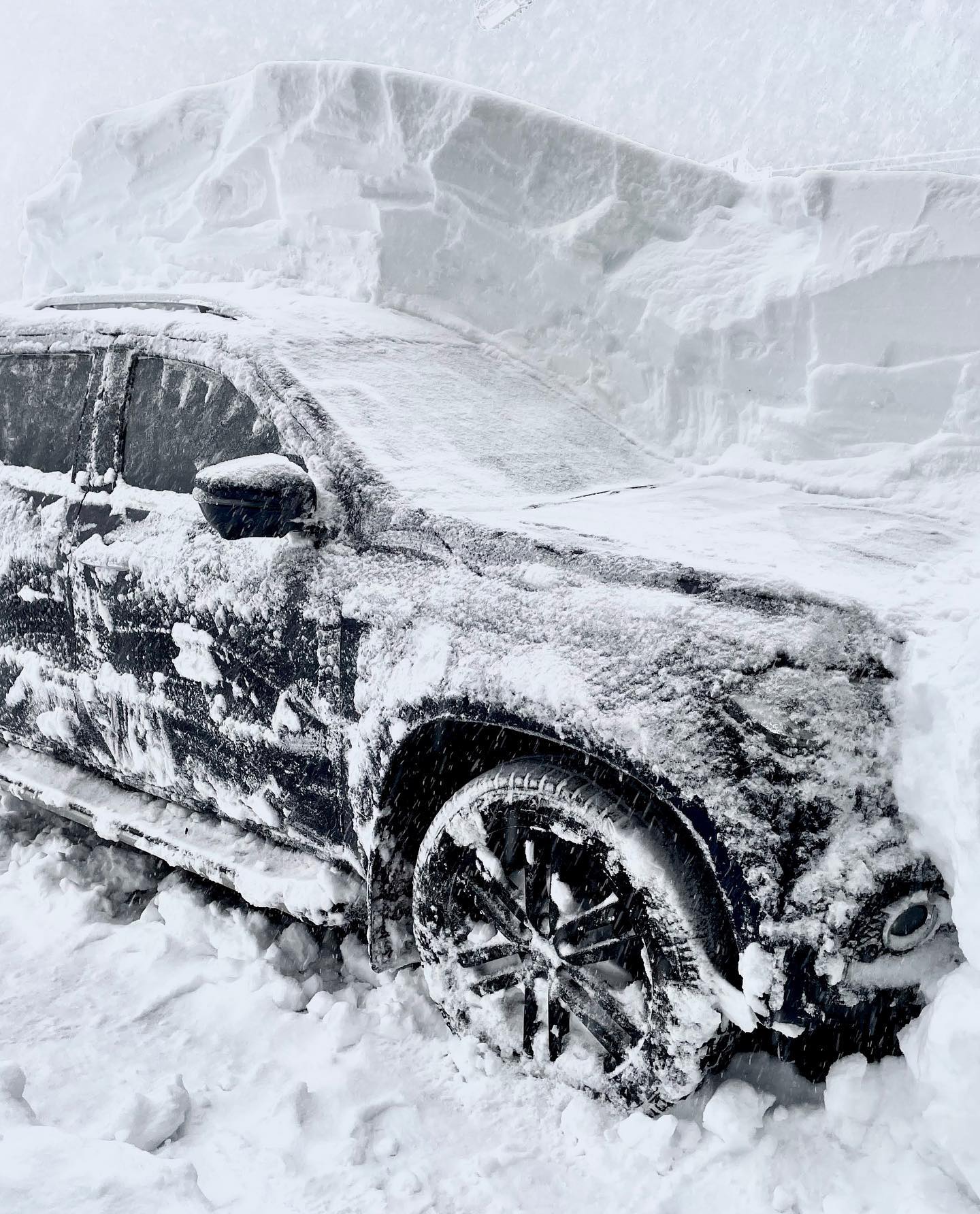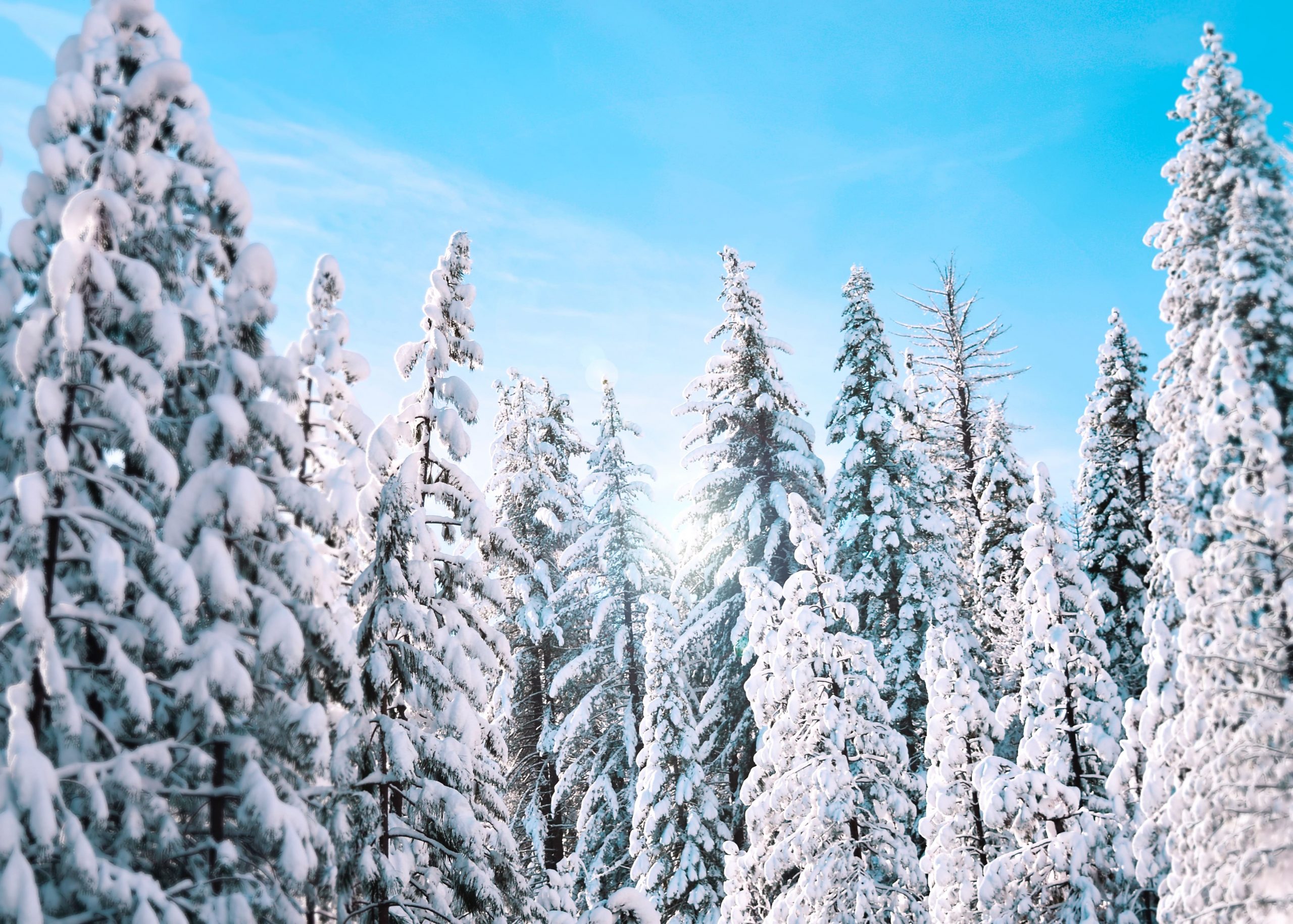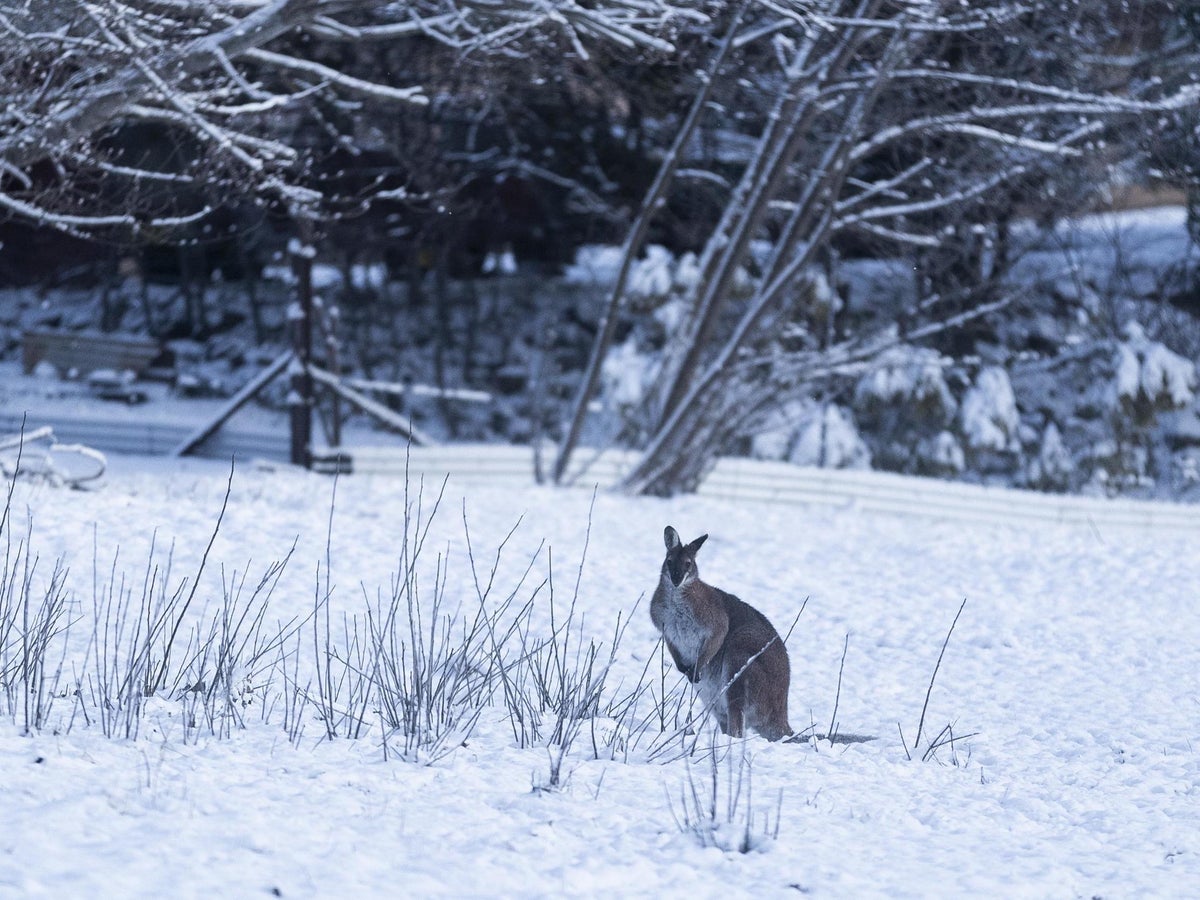Discover the Interesting Impacts of Snow in Australia on Regional Ecosystems
In spite of its online reputation for sun-soaked landscapes, Australia also boasts regions buried by snow-- a phenomenon that greatly affects the country's one-of-a-kind ecological communities. The insulating homes of snows safeguard plants and fauna amidst the coldest winters, while the melting snow supports rivers and marine life. Nevertheless, the actual marvel hinge on exactly how these wintry conditions shape the country's biodiversity and nutrient cycles. As we unravel this complex partnership, we locate ourselves stepping on untouched premises in Australia's high nation.
The Unforeseen Regions of Snowfall in Australia
Although Australia is usually connected with sandy beaches and sun-scorched landscapes, specific areas surprisingly experience snowfall. The high nation regions of New South Wales, Victoria, and Tasmania are specifically known for their winter snow. The Snowy Hills in NSW, as an example, get abundant seasonal snow, using a raw contrast to the nation's normal warm, dry environment. The Victorian Alps and parts of Tasmania also see yearly snowfalls, transforming the landscape into a winter season heaven. These areas are not simply abnormalities yet integral parts of Australia's diverse climate system. The visibility of snow in these regions significantly affects neighborhood environments, consequently impacting the nation's special biodiversity. The particular influence on Australia's distinct vegetation will certainly be gone over in the next section.

How Snow Impacts Australia's One-of-a-kind Flora
While it may seem unusual, snowfall in Australia plays an important role in shaping the nation's unique vegetation. The snow-filled winters months foster strength in Australian plant species. This is particularly apparent in the sub-alpine and towering regions, where snow gums and mountain plum-pines grow. These plants have actually progressed to endure in extreme problems, with snow serving as a protective blanket from rough winds and freezing temperatures. The snow also adds to the wetness web content of the soil, providing necessary hydration for plant life during the completely dry summertime. Essentially, the snow affects the timing of flowering and seed dispersal, the development prices, and the survival of many plant varieties, showcasing the complex interaction in between environment and flora in Australia.

The Adaptations of Australian Animal to Snowfall
Just as Australia's vegetation has actually adjusted to the wintery problems, the regional animals as well, exhibit remarkable adaptations to the snowfall. It makes use of the snow as insulation, hibernating in rock gaps below the anonymous snow to stay warm. The Snow Skink, a varieties of reptile, alters its colour to white throughout wintertime, giving camouflage against killers.
The Function of Snow fit Regional Communities
In shaping the neighborhood environments, the duty of snow in Australia is both multilayered and profound. It influences the distribution of flora and animals, mostly defining the biodiversity of sub-alpine and towering areas. Snow supplies a crucial water source, feeding rivers and storage tanks as it thaws, therefore sustaining a range of aquatic life kinds. Furthermore, snow acts as an insulator, securing ground-dwelling microorganisms from severe cold. Similarly, it plays a considerable duty in soil formation and nutrient biking. The routine cold and thawing of soil generated by snowfall cultivates the breakdown of rocks, boosting dirt fertility. The presence of snow shapes the plants patterns, pet behavior, and general sustainability of Australia's unique ecosystems.

The Future of Snowfall in Australia: Effects and predictions

Provided the critical duty snow plays in forming regional communities, the future of snowfall in Australia is attracting boosting attention from researchers and ecologists. Less snow might result in lowered water availability in towering areas, negatively impacting wild animals environments and plant life. The tourism market, heavily dependent on the winter snow season, may also face significant you can try these out obstacles.
Conclusion
The function of snow in Australia's ecosystems is critical yet typically forgotten. It acts as a guard, a nurturer, and a shaper of diverse towering types, adding to the splendor of Australia's high country. As weather patterns proceed to shift, recognizing the implications and potential makeovers of these snow-influenced ecosystems is essential. Therefore, the snow in Australia is extra than an all-natural phenomenon; it's an essential gamer in the nation's environmental story.
Regardless of its reputation for sun-soaked landscapes, Australia additionally boasts areas buried by snow-- a sensation that greatly affects the nation's one-of-a-kind ecological communities. It utilizes the snow as insulation, hibernating in rock gaps beneath the snow to stay warm - Does Australia Get Snow.In shaping the local ecosystems, the role of snow in Australia is both multilayered and profound. The Read Full Report visibility of snow shapes the greenery patterns, pet habits, and general sustainability of Australia's unique ecological communities
Provided the crucial duty snow plays in forming neighborhood ecosystems, the future of snowfall in Australia is attracting boosting interest from environmentalists and researchers.